I'm trying to find a contour that will cover the "morphed" image below (rightmost):
Note that this code gives 11 or 12 contours and doesn't provide the biggest box that can cover all the white pixels:
cnts = cv2.findContours(morphed, cv2.RETR_EXTERNAL, cv2.CHAIN_APPROX_SIMPLE)[-2]
print('Found {} coutours'.format(len(cnts)))
So I created some functions to manually traverse the image pixels:
image_height = morphed.shape[0]
image_width = morphed.shape[1]
def find_top_pixel():
for h in range(image_height):
for w in range(image_width):
if morphed[h, w] > 0:
return h
return 0
def find_bottom_pixel():
for h in range(image_height):
for w in range(image_width):
if morphed[-h, -w] > 0:
return image_height - h
return image_height
def find_left_pixel():
for w in range(image_width):
for h in range(image_height):
if morphed[h, w] > 0:
return w
return 0
def find_right_pixel():
for w in range(image_width):
for h in range(image_height):
if morphed[-h, -w] > 0:
return image_width - w
return image_width
padding = 10
top_left = (find_left_pixel() - padding, find_top_pixel() - padding)
bottom_right = (find_right_pixel() + padding, find_bottom_pixel() + padding)
print('top_left: {}'.format(top_left))
print('bottom_right: {}'.format(bottom_right))
And I was able to achieve my goal to have this:
Is there an optimized way? I feel that there might be a succinct Python syntax or even an opencv property or method.

